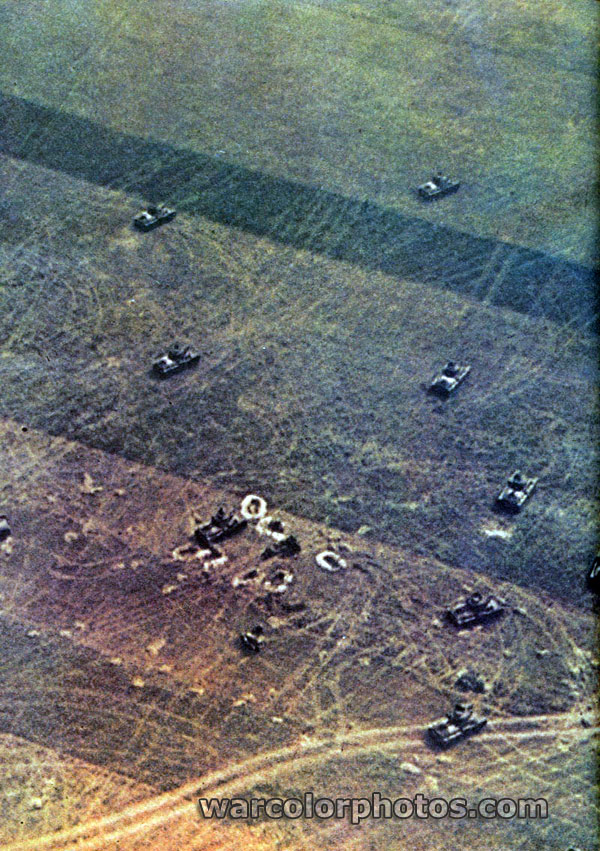

Smoyer and his crew destroyed that Panther, and the duel was caught on film by a combat cameraman. Tank warfare was so grisly during World War II that American soldiers had a nickname for tanks: crematoriums on wheels. It had a gun so powerful that its shells could go through one American Sherman tank into the next. After his encounter in the intersection, his tank would go on to tangle with another German tank known as the “monster” – the dreaded Panther. He’d become a hero for his actions in Cologne that day. The mental toll of the war was eating into him.

Smoyer was losing the battle with that unseen killer. Salisbury had been stalked and cut down by the unseen killer. “After surviving more close calls with German shells than he could count, Capt. He’d left a note, saying he was depressed over the loss of his friends in battle. That Monday morning, his father found him slumped in a car in the garage. He played tennis and ate dinner with his family. One winter weekend, he stayed at his parents’ mansion on Long Island. Salisbury had returned home from the war, graduated from Columbia Law School and become a lawyer at big New York firm. In one of the most heartbreaking scenes in the book, Makos tells the story of Smoyer’s company commander, Capt. He thought he wouldn't survive the war.īut repressing those memories could also be lethal. Smoyer (top center) and his crew pause during a lull in the fighting. “The mechanics and maintenance men used to cry when they came out from cleaning a tank,” Makos says. Tanks were called “crematoriums on wheels.”
World war ii tank battles skin#
Concussion forces from the impact of shells shattered men’s bones and turned their bodies to jelly, with just the skin holding their corpses together. Shells that penetrated through tank hulls ricocheted inside like supersonic pinballs. Men who hadn’t showered in three weeks were crammed together into small metal capsules. For those who fought in tanks, war was literally hell on wheels. Smoyer had good reason to turn away from the sounds of war. “It was hard for me to believe that he was a legendary tank gunner in World War II because he was so gentle and calm,” Makos says. He’s a big quiet guy with a nervous chuckle. He closes the window when Fourth of July fireworks go off. He turns the channel when war movies come on. He destroyed a dreaded Panther tank, one of the most formidable weapons in the German arsenal. Courtesy of Adam Makos of Valor StudiosĪnyone passing Smoyer on the street today wouldn’t imagine that he fought in one the most legendary tank duels of World War II, says Makos. German tanks had Americans outgunned, but Smoyer destroyed a feared German tank during a legendary battle. He was married to Melba, the woman who sent him homemade fudge when he was in combat, for 70 years before she died in 2017. Smoyer is now 95 and long retired from his job as a supervisor at an industrial cement plant. “I often thought, ‘Why the hell would somebody drive into a place like that,’ ” Smoyer says today. Smoyer dreaded the answers because still more questions had lingered at the back of his mind for decades: Was that a woman? If so, why was she there? And perhaps most important: Did she survive? Yet unlike other mysteries, this was one the main character wasn’t sure he really wanted to solve – at least not at first. How Smoyer answered those questions is the subject of an upcoming book, “Spearhead: An American Tank Gunner, His Enemy, and a Collision of Lives in World War II.” Written by Adam Makos, the engrossing book is a war story and a mystery. And it would force him to deal with another question that may not be limited to war veterans: How do you atone for a terrible deed when you’re not sure you’ve committed it? It would force him to reach out to an unlikely ally. Smoyer’s question would force him to return to Cologne 68 years later. Smoyer’s adrenalin turned to horror: Did I just shoot a woman? The car’s passenger door swung open and a person with a light-colored sweater embroidered with flowers crumpled to the street. The car crashed into the sidewalk, and then Smoyer saw something that made the pit of his stomach fall out. Bullets and tracers from Smoyer’s gun smashed into the car ordnance from another source also flew through the intersection. With orders to shoot anything that moved, Smoyer pressed the trigger. “Staff car!” someone yelled over the radio.Ī black Opel streaked into the intersection. Smoyer searched for it, scanning a hellish urban landscape of rubble, sagging streetcar cables and collapsed buildings. But then the enemy tank ducked behind a building. His M26 Pershing tank had just been engaged in a shootout with a German tank at a sprawling intersection in the town’s center. He gained a reputation for deadly accuracy as a tank gunner.


 0 kommentar(er)
0 kommentar(er)
